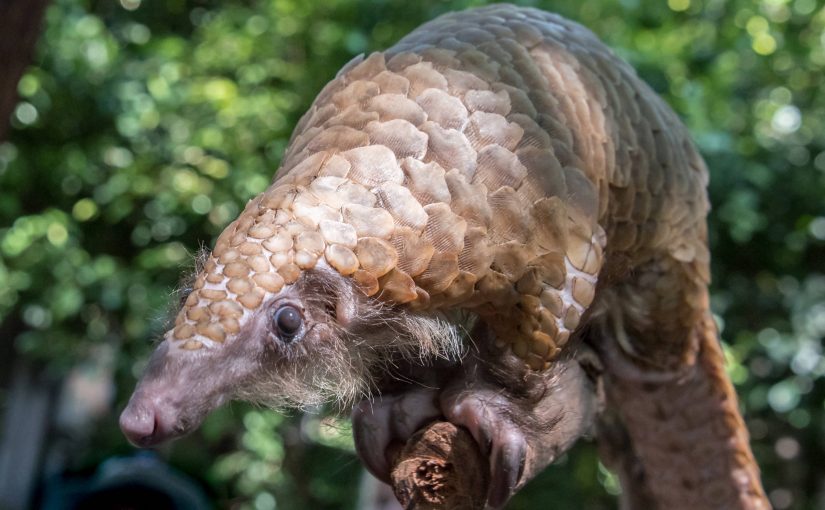The Looming Threat of Infectious Zoonotic Diseases
Wildlife Trafficking as a Transmission Pathway

Wildlife trafficking is a widespread and growing global concern, removing an estimated $5–23 billion annually from the global economy. It crosses borders that previously were barriers to movement and links rural and urban geographies as never before. More important, wildlife trafficking does more than endanger wild species of plants and animals. Because of the inherent complexities of smuggling animals or animal products, it often occurs in concert with other organized criminal activities like weapons smuggling and money laundering. Wildlife trafficking undermines investments in education and public health and degrades cultural resources. Because trafficking in wildlife is mostly unmonitored and international, it represents a critical transmission pathway for the spread of zoonotic diseases, any of which could lead to the next global pandemic.
Most of the infectious diseases afflicting humans are zoonotic, with estimates indicating that at least 60 percent of human infections originate from animals.
Overall, more than 200 different types of zoonoses have been identified to date. Collectively, these zoonoses present significant and recurring challenges to global health and economic security. A pre-pandemic estimate reported that endemic zoonoses infect roughly 2.5 billion people annually, with a disproportionate share occurring in developing countries and among low-income communities. For example, about 2 million people living in low- and middle-income countries die each year from anthrax, bovine tuberculosis, rabies, and other zoonotic diseases. Because contacts between people and wildlife are increasing and because of the vast abundance and diversity of infectious pathogens within wildlife populations (approximately 1.6 million mammalian and avian viruses alone), the likelihood that the burden of zoonoses will increase is virtually certain.


